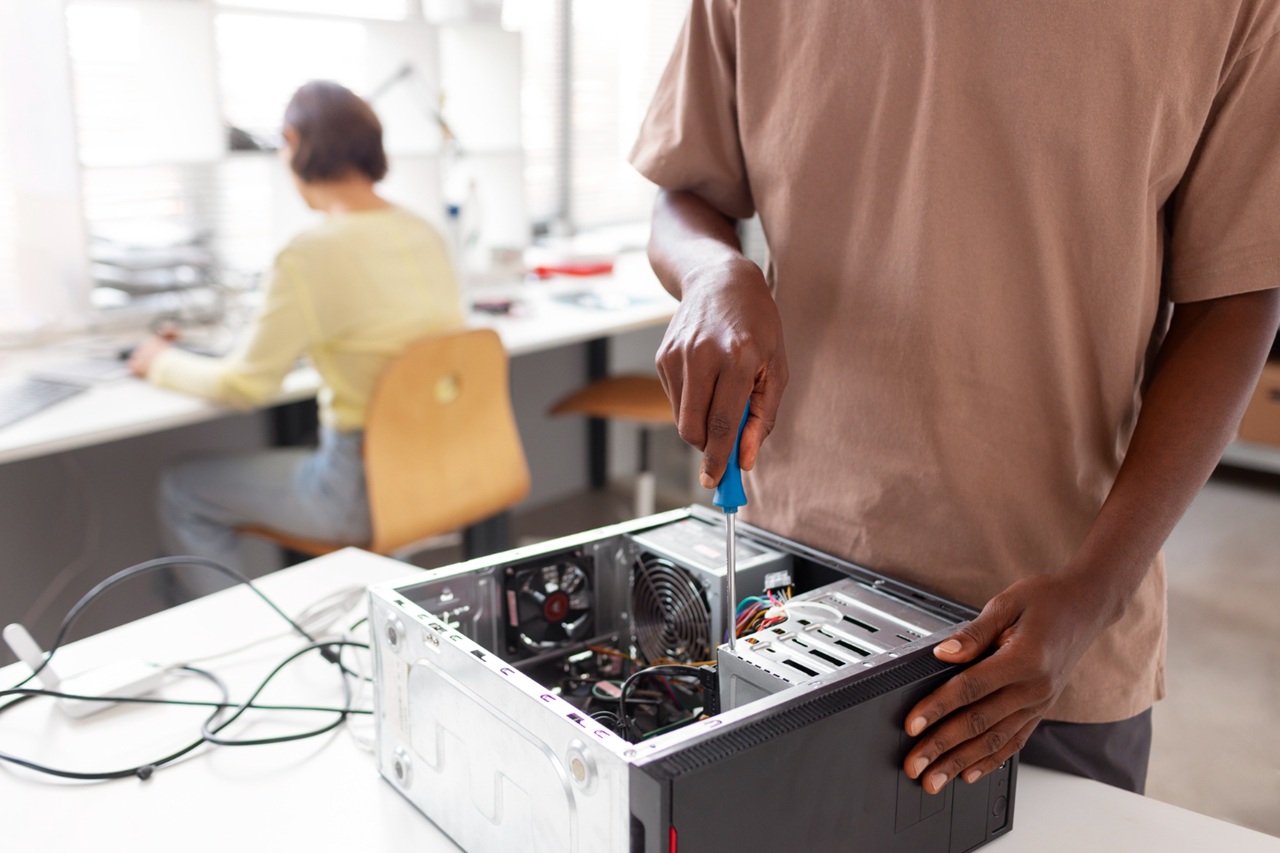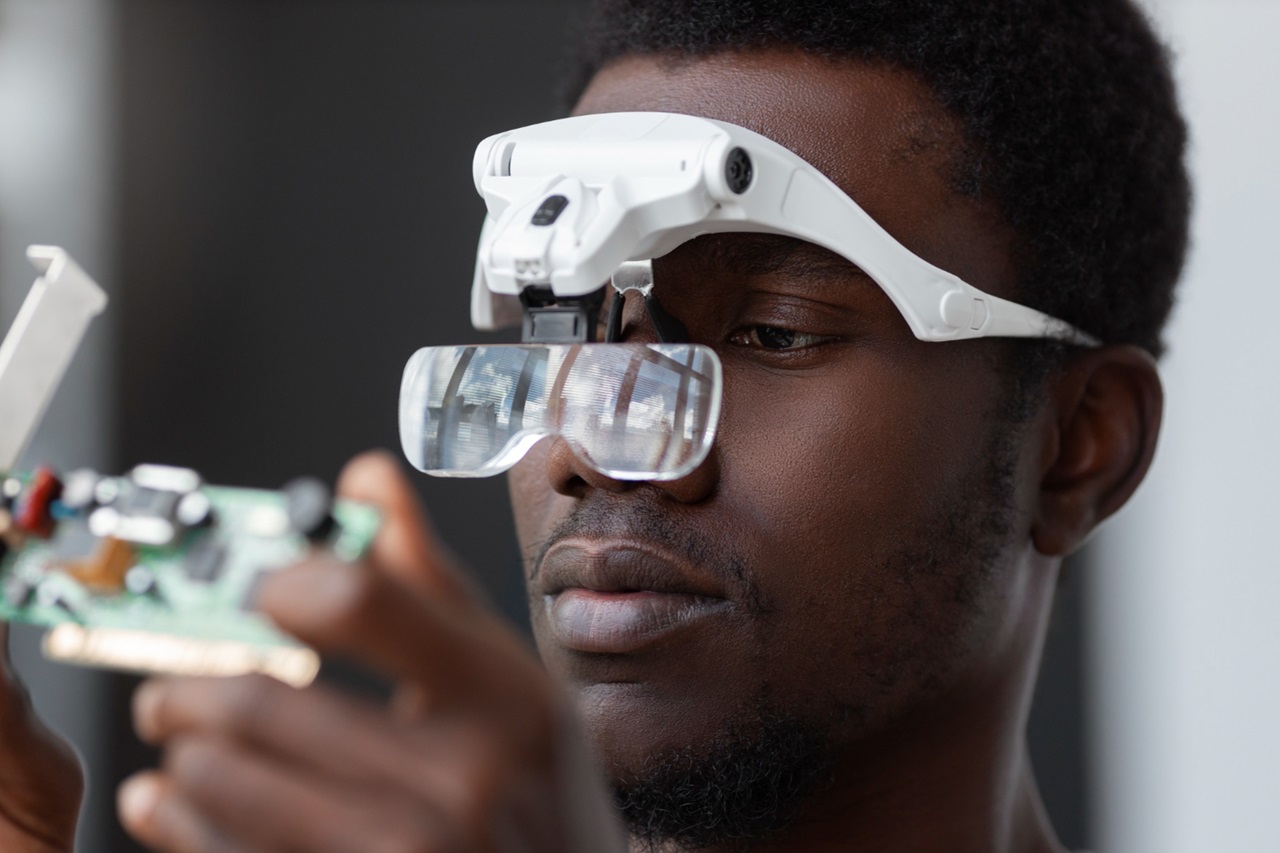The Role of Transistors: Building Blocks of Modern Electronics
Think about the last time you scrolled through social media, streamed a movie, or used a GPS to navigate traffic. Behind the scenes of these everyday actions lies a tiny yet powerful device: the transistor. Often dubbed the “building blocks of modern electronics,” transistors are what make much of today’s technology possible.
Though small in size, transistors are monumental in impact. In this blog post, we’ll explore what transistors are, why they’re so important, and how they’ve shaped the world of modern electronics. Along the way, I’ll share relatable examples and practical insights to bring this incredible component to life.
What Is a Transistor?
At its core, a transistor is an electronic component that can act as both a switch and an amplifier. It’s made from semiconductor material (like silicon) and has three terminals: the emitter, the base, and the collector. By controlling the flow of electrical current between these terminals, transistors allow circuits to perform critical tasks like turning on and off or boosting signals.
When I first learned about transistors, I was amazed by their simplicity and power. Imagine being able to control a river’s flow with a tiny valve—that’s essentially what a transistor does, except with electrons instead of water.
How Do Transistors Work?
To understand how a transistor works, let’s break it down into its two primary functions:
1. As a Switch
A transistor can either allow current to flow or block it completely, similar to a light switch. This ability to rapidly switch on and off forms the basis of digital electronics, where binary code (1s and 0s) is used to process and store information.
Example: When you press a key on your keyboard, transistors in your computer’s processor switch on and off millions of times per second to register your input and display the result on your screen.
2. As an Amplifier
When used as an amplifier, a transistor takes a weak electrical signal and boosts it. This is crucial for applications like hearing aids, microphones, and audio systems.
Example: Think of a concert speaker. The microphone captures a faint sound signal, which transistors amplify to produce loud, clear music for the audience.
Why Are Transistors So Important?
Transistors are the unsung heroes of modern technology. Their invention in 1947 by John Bardeen, Walter Brattain, and William Shockley revolutionized electronics and paved the way for the devices we use today. Here’s why they’re so significant:
1. Miniaturization of Electronics
Before transistors, vacuum tubes were used for similar functions, but they were bulky, fragile, and inefficient. Transistors, being tiny and durable, allowed for the creation of smaller, more portable devices.
2. Efficiency and Speed
Transistors are incredibly fast and require minimal power to operate. This makes them ideal for everything from smartphones to supercomputers.
3. Scalability
Modern processors contain billions of transistors packed onto a single chip. This scalability has driven exponential growth in computing power, famously described by Moore’s Law (the observation that the number of transistors on a chip doubles approximately every two years).
Real-Life Applications of Transistors
It’s hard to overstate how much transistors have influenced our lives. Here are just a few everyday examples:
1. Smartphones
The processor in your smartphone is essentially a labyrinth of transistors working together to run apps, take photos, and stream videos. For instance, the latest chips from companies like Apple and Qualcomm house over 10 billion transistors each!
2. Audio Equipment
Transistors are critical in amplifiers, ensuring that your favorite songs play with clarity and power, whether through headphones or a speaker system.
3. Renewable Energy Systems
Solar inverters and wind turbines rely on transistors to convert and manage power efficiently. They’re a key part of making renewable energy viable and sustainable.
4. Automobiles
From engine management systems to advanced driver-assistance features, transistors play a crucial role in modern cars. They even enable the electric vehicles (EVs) revolutionizing transportation today.
The Journey of Building My First Transistor Circuit
When I first started tinkering with electronics, the idea of working with transistors felt intimidating. But one weekend, I decided to give it a shot and built a simple LED flasher circuit.
The project required just a few components: a transistor, a resistor, a capacitor, and an LED. The capacitor would charge and discharge, controlling the transistor to turn the LED on and off. When I powered it up and saw the LED blinking, I felt like a magician!
That small success boosted my confidence and opened the door to more complex projects. The key takeaway? Transistors may seem complex at first, but with a bit of patience, anyone can learn to use them.
Different Types of Transistors
Transistors come in various shapes and sizes, each suited to specific applications. The two main types are:
1. Bipolar Junction Transistors (BJTs)
- Have three layers of semiconductor material.
- Two main types: NPN and PNP.
- Commonly used in amplifiers and switches.
2. Field-Effect Transistors (FETs)
- Control current using an electric field.
- Two main types: MOSFETs (used in digital circuits) and JFETs.
- Known for high efficiency and low power consumption.
Tips for Beginners Working with Transistors
If you’re new to electronics and want to experiment with transistors, here are some practical tips:
- Start Simple: Build basic circuits like an LED flasher or a transistor switch. These projects are great for understanding how transistors work.
- Use Online Resources: YouTube tutorials, forums, and circuit simulators can be invaluable when learning.
- Invest in a Multimeter: A good multimeter helps you measure current, voltage, and resistance, making troubleshooting much easier.
- Experiment with Breadboards: Breadboards let you prototype circuits without soldering, making them ideal for learning.
- Be Patient: Mistakes are part of the learning process. Every failure teaches you something new.
Looking Ahead: The Future of Transistors
As technology continues to evolve, transistors are becoming even more advanced. Innovations like 3D transistors and quantum tunneling are pushing the boundaries of what’s possible, enabling faster and more energy-efficient devices.
One exciting development is the use of carbon nanotubes and graphene to build transistors that are smaller and more powerful than ever. These advancements could lead to breakthroughs in fields like artificial intelligence, space exploration, and biotechnology.
Final Thoughts
Transistors are the unsung heroes powering our modern world. From the smallest hearing aids to the most powerful supercomputers, they’re at the heart of nearly every electronic device we use.
For those new to electronics, working with transistors is a fantastic way to understand the technology that shapes our lives. So why not grab a breadboard, some components, and start experimenting? You’ll not only learn valuable skills but also gain a newfound appreciation for the tiny building blocks that make our world tick.
Happy tinkering!



Post Comment